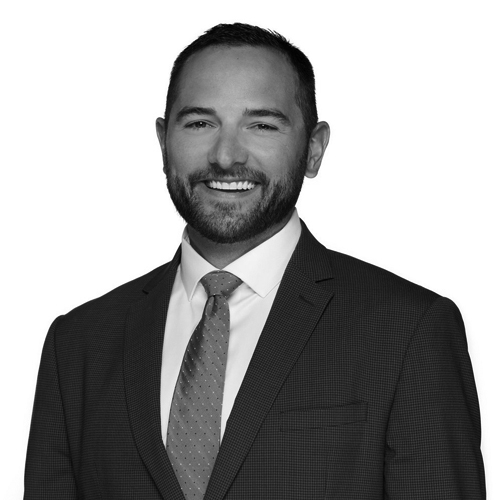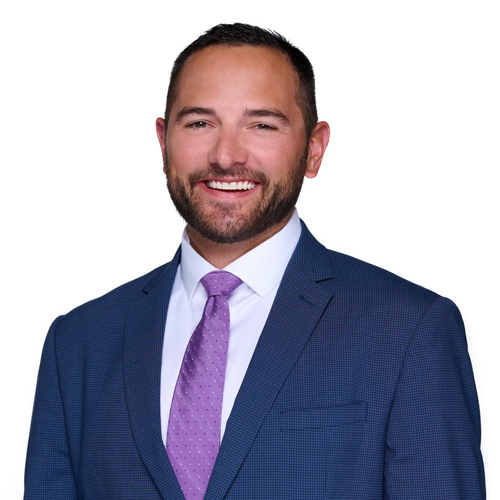September traditionally has a volatile streak.1 History reminds us that markets can stumble hard and fast in September, from the NYSE’s somber reopening in 2001,2 to Lehman’s collapse in 2008,3 to the bruising ~9% slide of 2022.4 Risk has a way of compressing into days, with the biggest up days clustering near the worst down days.5 While we can’t predict the next headline, we can prepare for it by designing plans that absorb shocks and keep wealth compounding for the long haul.
That preparation comes from balance and foresight: features like automatic rebalancing, capital‑preservation options, flexible matching formulas, and smart defaults that help participants stay the course. In this article, we’ll walk through how to integrate these elements into your plan so it’s ready for whatever the market brings next.
Building Resilience into Your Plan Design
Volatile markets can quickly knock portfolios off their target allocation. Auto-rebalancing features periodically adjust participants’ asset mixes back to their desired allocations, reducing risk exposure that creeps up when, say, stocks grow to overweight levels. By nudging portfolios back in line, rebalancing enforces a “buy low, sell high” discipline that can help participants capture gains and mitigate losses without emotional decision-making.

VOLATILITY
ALLOCATION
To help reduce the impact of the markets’ ups and downs, you can include capital preservation or low-volatility asset classes in your plan’s investment menu. A prime example is a stable value fund, available only in employer plans. Stable value funds aim to guarantee principal and provide steady, positive returns even during market stress and historically outperform money market funds and inflation.
High-quality bond funds, treasury TIPS, or risk-managed balanced funds can also offer havens for risk-averse participants. By offering these options, plan sponsors empower employees to dial down risk when appropriate – within the plan, instead of cashing out or stopping contributions.
Market volatility doesn’t just impact participant portfolios. If this volatility represents economic woes, it can also strain company finances, making fixed matching contributions difficult to sustain in challenging times.
Capital Preservation Options
Stable value funds, high-quality bonds, and TIPS provide steady returns during market stress while preserving principal.
Flexible Employer Matching
Discretionary match formulas allow adjustments during lean years while maintaining employee incentives.
Education & Auto-Features
Auto-enrollment, escalation, and ongoing education build resilience before volatility strikes.
Strong Participation
Higher participation from all employee groups helps plans pass compliance tests during market downturns.
So, instead of a rigid matching commitment, consider discretionary or flexible employer match formulas, which would allow you to adjust contributions in lean years while still incentivizing employee savings. For example, some plans set a base match but retain the option to contribute extra (or scale back) depending on business performance. The goal of this approach is to maintain morale and participation without locking your company into an unsustainable promise during a downturn.
Finally, an educated and well-equipped workforce is also one of your best defenses against market panic and compliance headaches for your retirement plan. Encourage features like auto-enrollment and auto-escalation, combined with ongoing education. Auto-enrollment ensures employees start saving early (by default), and escalation gradually raises deferral rates. Education focused on the importance of “staying the course” can counteract knee-jerk reactions.
For instance, plans with strong participation from non-highly-paid employees tend to have fewer compliance issues in downturns; boosting participation through defaults and education not only improves retirement readiness but also helps the plan pass nondiscrimination tests. A resilient design builds good behaviors before volatility strikes.
Reducing Costs and Increasing Compliance
High fund fees can compound the damage caused by market volatility. When markets decline, every dollar matters even more, and high investment fees intensify losses by eroding already diminished returns. As a fiduciary, you’re obligated to keep fees reasonable and your plan compliant to help participants weather market storms without unnecessary costs dragging them further down.
Therefore, it’s important to review your 401(k)’s fund lineup for costly investments. When possible, replace high-expense funds with low-cost index funds that track the same market at a lower cost. Also, benchmark your recordkeeping and administration fees against industry standards.
If annual nondiscrimination testing (ADP/ACP tests) is leading to corrective refunds for your highly compensated employees, consider adopting a safe harbor 401(k) design. Safe harbor plans bypass most testing requirements by committing to a minimum employer contribution (such as a 3% non-elective contribution or a matching formula like 100% of the first 3% + 50% of the next 2% of pay). In return, owners and key employees can contribute the maximum allowable deferral without risk of a failed test.
Fee drag compounds over time
Assumptions: $100k start, 6% gross return, annual compounding. Low-fee index 0.05% ER vs high-fee 1.00% ER.
Safe harbor contributions are fully vested and tend to encourage participation across the workforce. The result is greater compliance certainty and increased goodwill – employees get an assured contribution, and the company avoids the cost (and disappointment) of returned contributions.
Even well-run plans can drift out of compliance due to overlooked details. A proactive approach is to run an internal compliance review each year (or hire an outside consultant to do so). Create a checklist covering contributions and match timing, eligibility and vesting, loan and hardship distribution procedures, required notices, Form 5500 filing, and plan document updates. Common errors regulators find include failure to follow the plan document, incorrect definition of compensation, late remittance of employee deferrals, and missed required minimum distributions. Catching these in a self-audit is far preferable to an external audit discovering them, as ongoing diligence keeps your plan running smoothly, avoids costly fines, and most importantly, ensures participants get the benefits they’re promised.
In Conclusion
Market ups and downs are beyond our control. But as business owners and plan fiduciaries, what is in our control is how we design and manage our retirement plans through the storm. A resilient 401(k) plan with flexible contributions, smart defaults, and diversified options will help your team keep sailing forward. Couple that with vigilant oversight, and you have a recipe for not just riding out volatility, but potentially coming out ahead.
At WealthGen Advisors, this philosophy is at the heart of what we do for clients: integrate cost-efficient, high-performing retirement plans into your broader wealth strategy. If you’re unsure whether your current plan is built to handle the next market surprise, or if you simply haven’t reviewed it in a while, feel free to click the button below and schedule a review at your convenience.
Appendix:
- Reuters, “Anxious Wall Street braces for jumbo ‘September effect’,” Sept. 2, 2025. Reuters
- NYSE, “NYSE and 9/11” (history page). New York Stock Exchange
- U.S. SEC, “Lehman Brothers Holdings Inc. Announcement,” Sept. 15, 2008. Securities and Exchange Commission
- S&P Dow Jones Indices, Market Attributes: U.S. Equities, Sept. 2022 (S&P 500 down ~9.3% that month). S&P Global
- J.P. Morgan Private Bank, “The power of intent” (best days cluster near worst days). J.P. Morgan Private Bank











